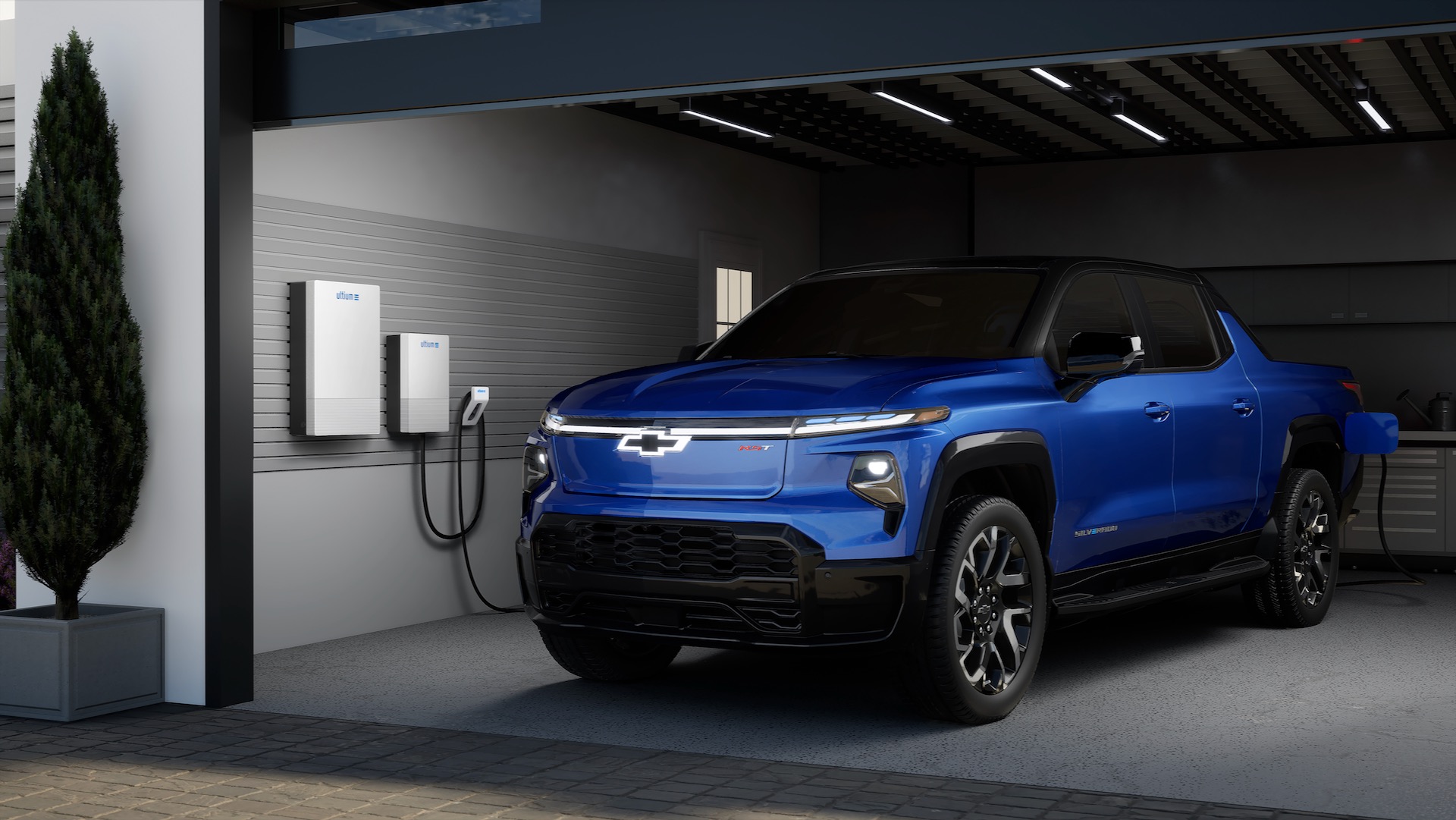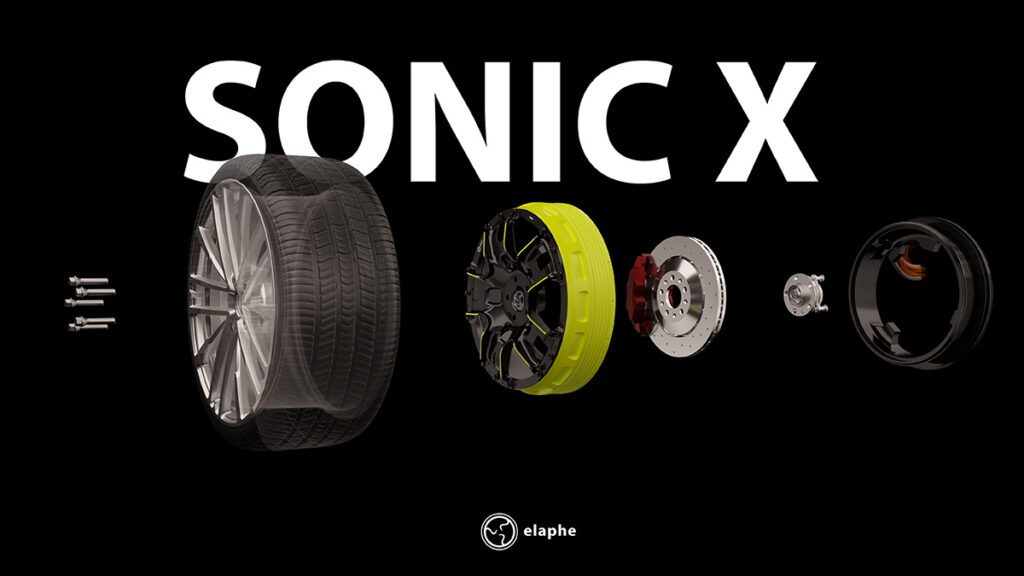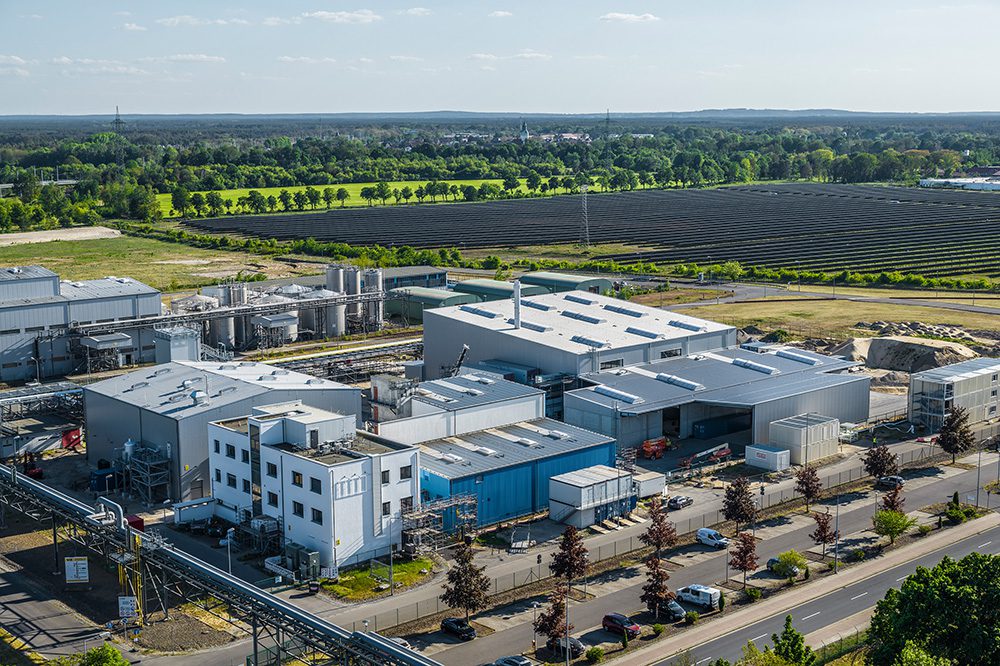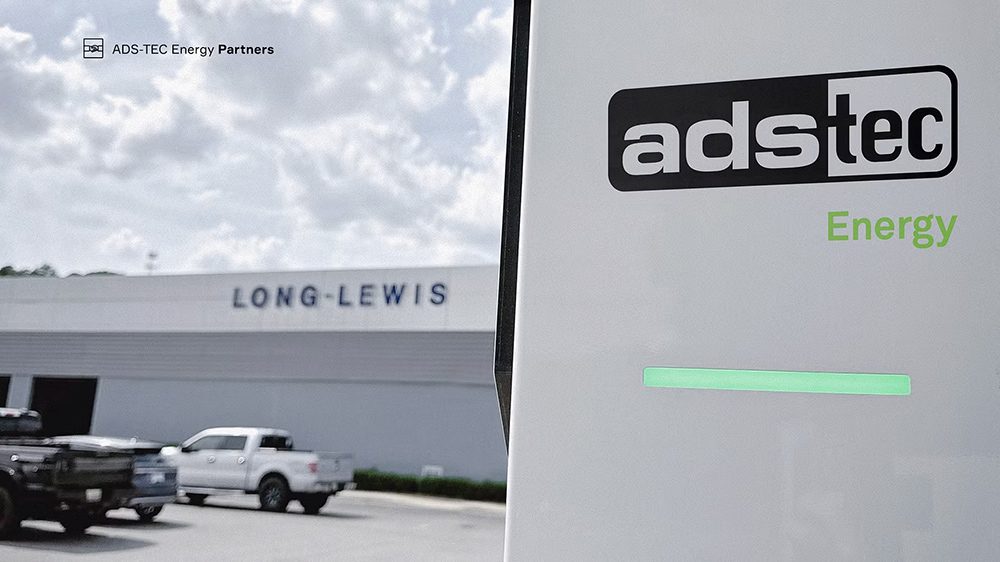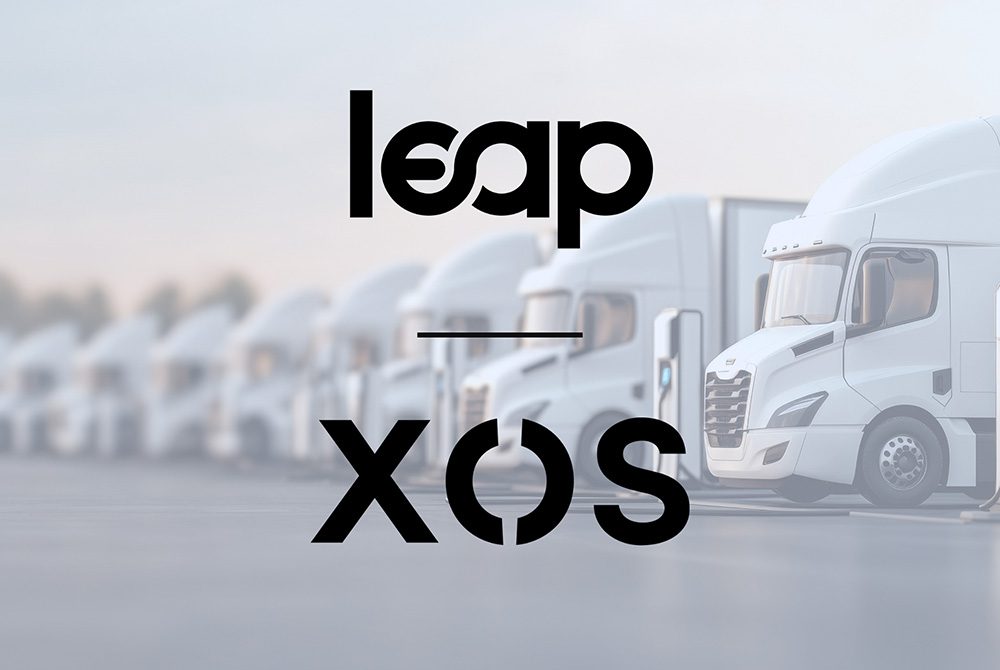When GM agreed to unionize its EV battery plants, we applauded the move, believing that the destructive UAW strike would end with the US Big Three legacy automakers and their unions beginning to come to terms with the EV future.
We were wrong. As of this writing, the UAW has reached a tentative agreement with Ford, and the end of the strike is in sight. However, the Big Three’s existential struggle with electrification looks set to get worse, not better.
GM, which has already fallen far behind EV market leaders Tesla and BYD, announced that it would delay the launch of several planned electric models and reduce its investments in e-mobility. On a recent call with investors, GM said it will delay the launches of the Chevrolet Equinox EV, the Silverado EV RST and the GMC Sierra EV Denali by several months. CEO Mary Barra said the company will drop plans to invest $5 billion to launch several new entry-level EVs (which the market badly needs), and will equip the next-generation Chevy Bolt with lower-cost batteries purchased from China (which could make it ineligible for IRA subsidies).
GM will delay the planned retooling of a plant in Orion Township, Michigan to build electric pickup trucks, a move which will “save” $1.5 billion in capital investments, Chief Financial Officer Paul Jacobson said. The delay “will actually allow us to incorporate some of the changes and improvements that we’ve seen in early-stage production,” he added.
Reuters reports that GM has joined other automakers in lobbying the Biden administration to water down ambitious emissions and fuel economy rules that are intended to hasten the transition to EVs (so much for the idea that automakers want consistent, predictable regulation).
By all accounts, GM is expecting to face much higher labor costs once the UAW strike gets settled, so it’s looking to reduce costs in other areas. But not everyone buys the “UAW made us do it” narrative that GM and Ford are selling. Pretty much every legacy automaker is struggling to make EVs profitable, and this was the case long before the strike began. As EV inFocus writer Ciaran Donnelly sees it, GM wants to roll back production of EVs, on which it is earning little or no profit, in order to prioritize production of high-margin gas-burning trucks and SUVs.
The current buzzword at GM appears to be “agility,” which was mentioned seven times during the recent investor call. This means that the company will “continually evaluate EV demand and adjust production schedules to maximize profitability.”
“We purposely built flexibility into our manufacturing facilities and are uniquely positioned among our competitors to be able to flex our production between ICE and EVs,” said CFO Jacobson. But this “pick your powertrain” approach is far from new, and it’s hard to see how it will help GM catch up with Tesla and BYD, which don’t devote money and effort to “flexing production” between different powertrains.
Meanwhile, CleanTechnica reports that, of the 20 top-selling EVs in the world, 16 are either Tesla or Chinese. No GM (or Ford or Stellantis) model made the top 20.
So, cui bono et cui malo? The clear winners from GM’s EV equivocation are Tesla and the Chinese automakers. GM and its workers will be losers in the long run (the Big Three’s stockholders are already feeling the pain). Also in the debit column are American consumers, who have been waiting a decade for more affordable EV choices—and perhaps for some viable alternatives to smug Tesla.
Oh, and how about the American government and taxpayers? The Biden Administration has expended much political and financial capital to try to help the US auto industry catch up to China and Europe. GM and Ford just pissed all over those efforts. A year from now, if President Biden’s strategy to drag our auto industry into the 21st century is perceived as a failure, the consequences could be dire for US auto workers (as UAW President Shawn Fain understands)—and for democracy.
Sources: Reuters, EV inFocus







